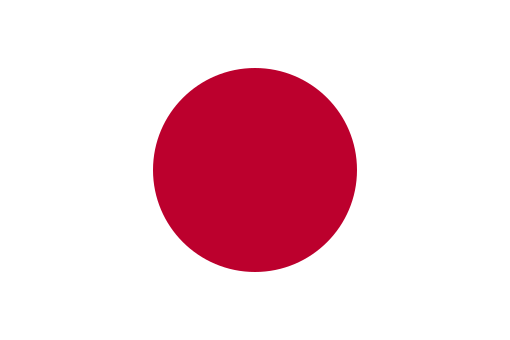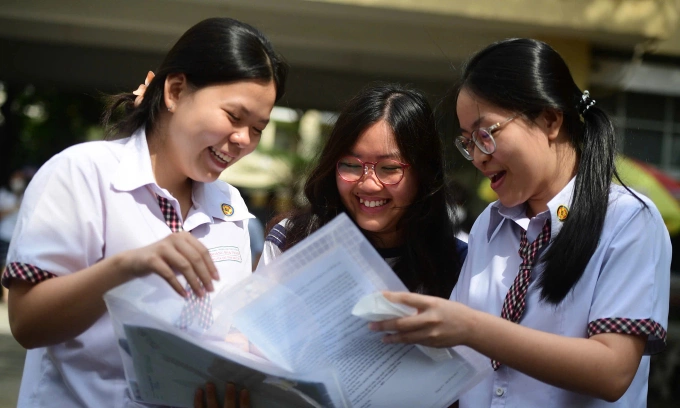フィルター:
レベル:
ソース:
トピック:
その日の最新ニュースは、24 時間継続的に更新されます。 CNN、BBC、VOA、Inside Science などの公式ニュース ソースから...
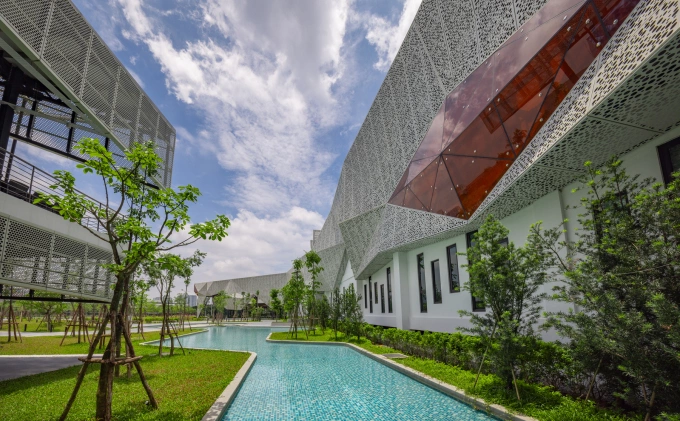 2 分
2 分 Why universities hesitate to embrace costly green transformations
Universities are under growing pressure to balance academic excellence with sustainability, yet high costs, lack of funding, and limited expertise slow green transitions. In Vietnam, the IFC reports half of builders see high expenses as the main barrier to green construction, though ARDOR Green argues that optimized designs can achieve sustainability with only about 1% added cost. Challenges also include weak incentives, scarce policy support, and low awareness.
Global leaders show what's possible: Stanford cut emissions 80% and uses 100% renewable power, Oxford has a €200 million fund to reach net zero by 2035, NUS built net‑zero clusters, and Tsinghua has prioritized green space and conservation since 1998.
In Vietnam, British University Vietnam (BUV) stands out. It integrated sustainability from inception, earning EDGE Advanced certification for saving at least 40% on-site energy, aided by ARDOR Green. Features include naturally ventilated corridors, efficient air conditioning, and water-saving systems, reducing 112,000 tons of CO₂ yearly. Accessibility is built in, with inclusive pathways and facilities.
BUV embeds sustainability in academics, from business ethics to tourism, and involves students through its Personal and Social Growth program. Future plans include solar panels by 2026 and a goal to become Vietnam's first carbon‑neutral university, positioning BUV as a regional model for comprehensive green education.
ソース: TODAII [ 12089] 2025-07-15 11:00:15
12089] 2025-07-15 11:00:15
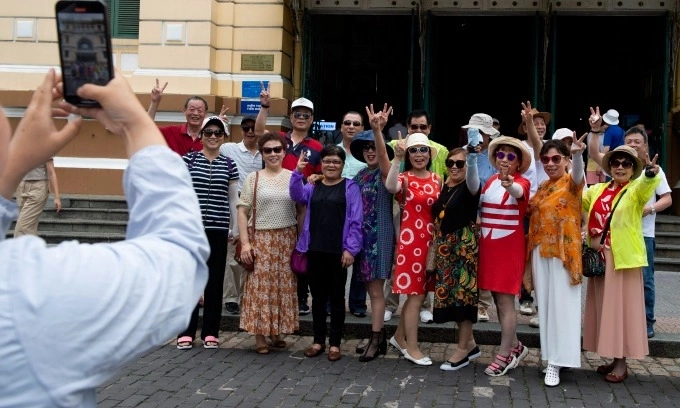 1 分
1 分 Ho Chi Minh City most searched Vietnamese destination by Chinese tourists: Agoda
Ho Chi Minh City was the most searched Vietnamese destination by Chinese tourists in the first half of the year, followed by Hanoi, Phu Quoc, Da Nang, and Nha Trang, according to Agoda's booking data. The platform noted that Chinese travelers are especially attracted to Vietnam's major cities and island getaways, a trend reflected in official tourism statistics.
From January to June, Ho Chi Minh City welcomed 3.85 million foreign visitors, a 44% increase year on year. Mainland China remained Vietnam's largest source of visitors, contributing 2.72 million arrivals, also up 44%.
Beach hotspots like Phu Quoc, Nha Trang, and Da Nang have seen growing numbers of Chinese tourists, helped by celebrity visits such as actor Vincent Zhao and Miss Hong Kong 2011 Rebecca Zhu, which have further boosted Phu Quoc's popularity.
ソース: TODAII [ 8613] 2025-07-15 11:00:01
8613] 2025-07-15 11:00:01
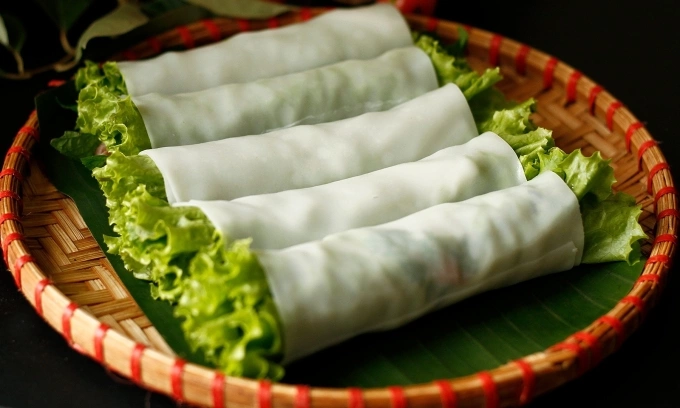 1 分
1 分 Pho rolls, mooncakes among worst-rated Vietnamese dishes: TasteAtlas
TasteAtlas recently listed pho cuon, banh troi, and mooncakes among the 39 worst‑rated Vietnamese dishes, sparking debate among food lovers. Pho cuon features stir‑fried beef, herbs, and lettuce wrapped in sheets of pho noodles, served with a tangy fish‑sauce dip. Banh troi are glutinous rice balls filled with palm sugar that float when cooked. Mooncakes, a Mid‑Autumn Festival staple, come with diverse fillings—from lotus paste and salted egg yolks to modern options like chocolate or ice cream—symbolizing unity and perfection.
TasteAtlas says its rankings, published June 23, 2025, are based on 7,700 audience ratings (4,940 validated) while filtering out biased votes and emphasizing input from experienced users. The guide stresses the list is not a definitive judgment but aims to promote discussion and curiosity about global cuisines.
Still, many Vietnamese diners expressed surprise and frustration, noting that cherished dishes like banh troi and even banh can appeared on a list they view as uninformed and unfair, highlighting cultural differences in taste perception.
ソース: TODAII [ 6358] 2025-07-15 10:59:53
6358] 2025-07-15 10:59:53
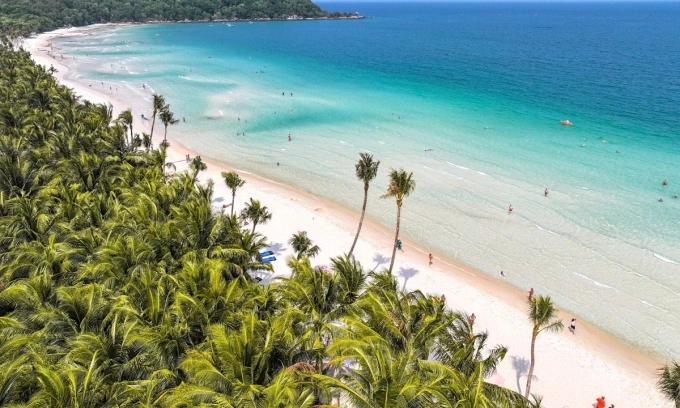 1 分
1 分 World's second most beautiful island favored by Chinese tourists: Agoda
Phu Quoc Island ranked as the third most searched Vietnamese destination by Chinese tourists in the first half of the year, after Ho Chi Minh City and Hanoi, according to Agoda data. Its appeal stems from beautiful beaches and improved international flight links.
In the first quarter alone, Phu Quoc welcomed over 40,000 Chinese tourists, already exceeding all of 2024's total. From January to June, the figure rose to 140,000, double the same period last year. Chinese travel companies are urging more tailored tours and guides fluent in Chinese to enhance visits.
Celebrity visits have boosted its profile, with actor Vincent Zhao celebrating Lunar New Year there and actor Johnny Huang also seen vacationing on the island.
Phu Quoc, voted the world's second most beautiful island by Travel+Leisure readers last year, received nearly 900,000 international visitors in the first half of this year, a 76.7% year‑on‑year increase.
ソース: TODAII [ 2959] 2025-07-15 10:59:46
2959] 2025-07-15 10:59:46
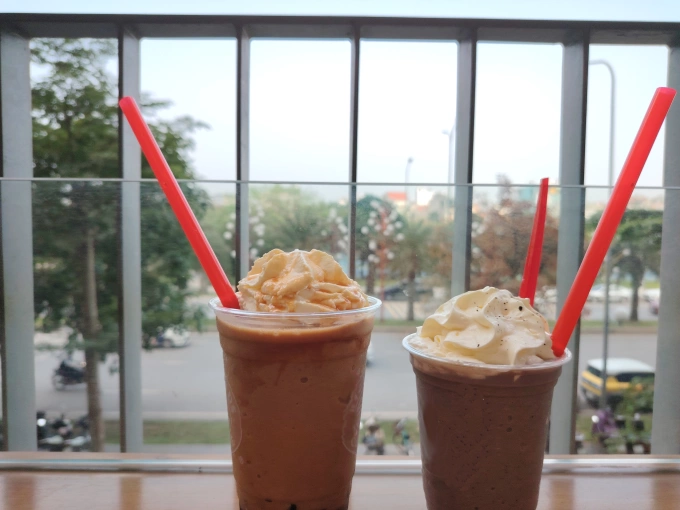 1 分
1 分 Hanoi to ban single-use plastics at downtown restaurants, cafes starting October
Hanoi will ban single‑use plastics at restaurants, cafés, and drink shops within the downtown Ring Road 1 area starting October 2025 under a pilot program ordered by Prime Minister Pham Minh Chinh. This includes popular areas like Sword Lake and West Lake, targeting items such as plastic straws, cups, and food containers. The city, which produces over 1,400 tons of plastic waste daily, plans to expand restrictions in phases over the coming years.
Hotels and tourist sites will stop providing single‑use items like toothbrushes, razors, and mini toiletries from January 2026. By January 2027, markets and convenience stores must stop giving out free plastic bags. In 2028, government offices will ban single‑use plastics and non‑biodegradable packaging, and by 2031, Hanoi will implement a citywide ban on the import, export, and sale of single‑use plastics, non‑biodegradable packaging, and products containing microplastics.
Vietnam defines single‑use plastics as disposable trays, cups, straws, bowls, and food containers, while non‑biodegradable plastics like PE, PP, PS, PVC, and PET often pollute waterways and landfills. The initiative follows similar measures in tourist spots like Ha Long Bay, Cham Islands, and Co To Island. Nationally, Vietnam plans to restrict and eventually stop the production and import of single‑use plastics after 2030.
ソース: TODAII [ 4532] 2025-07-15 10:59:36
4532] 2025-07-15 10:59:36
